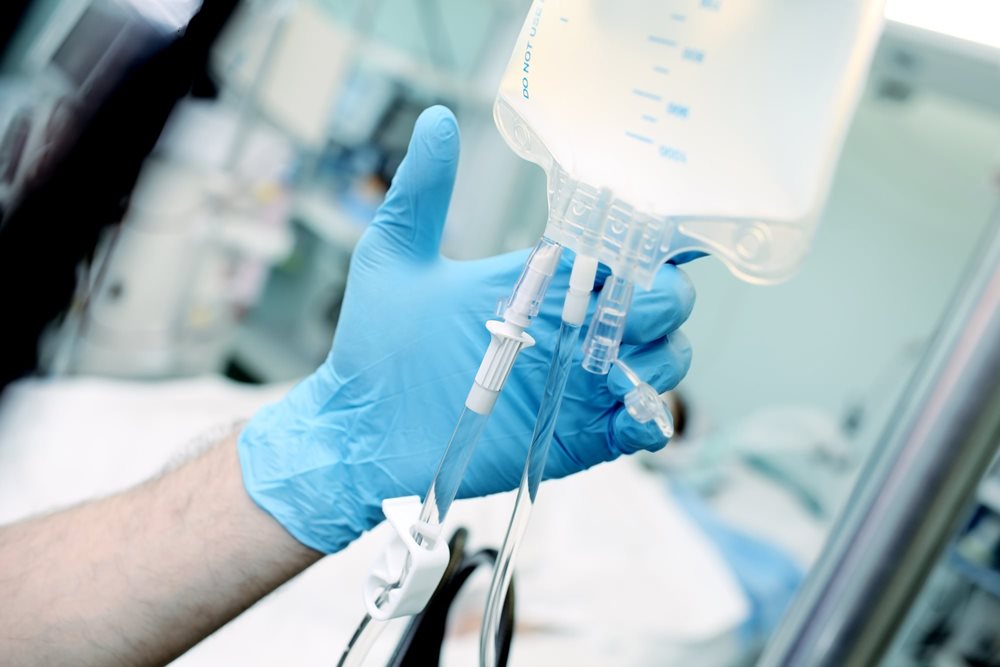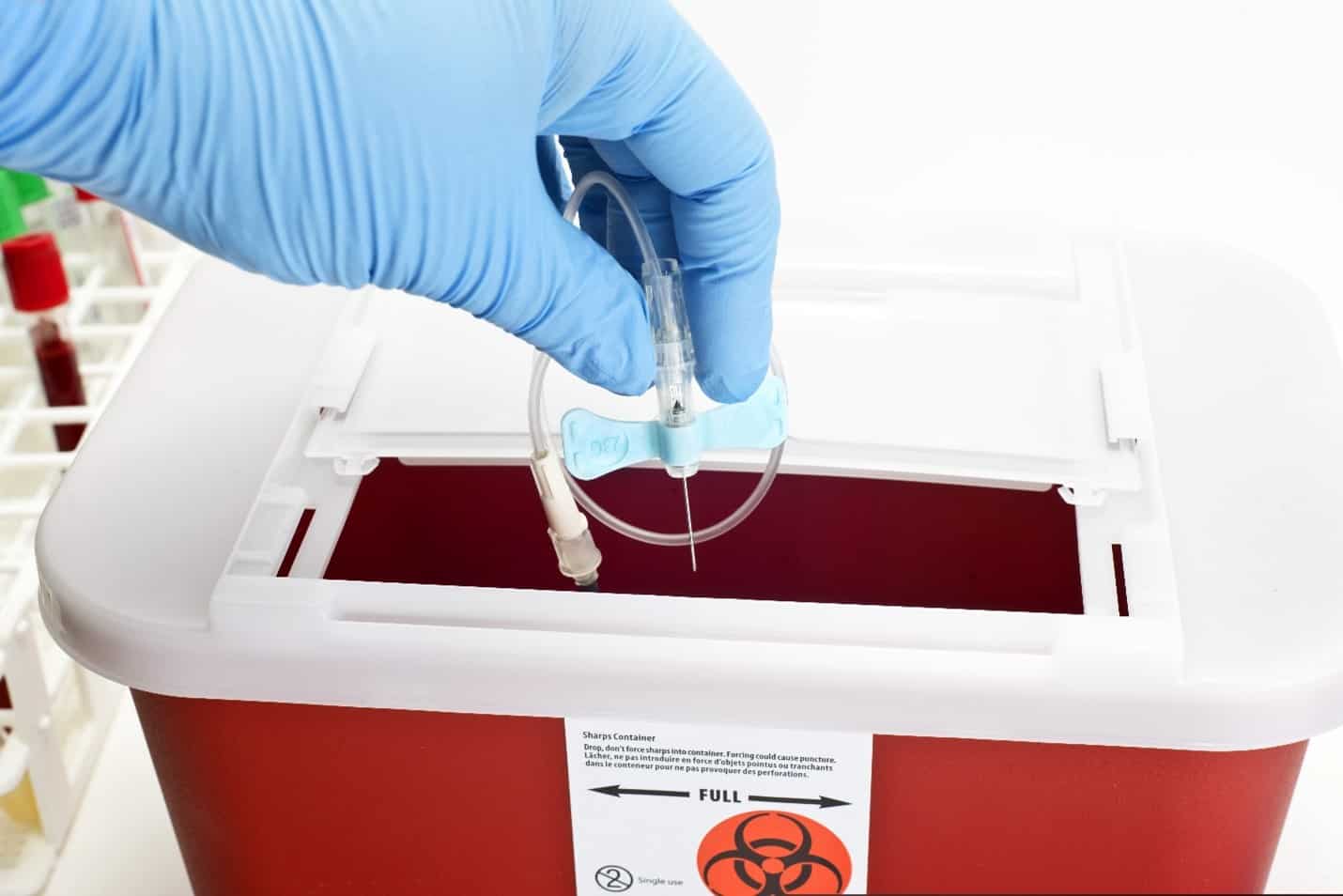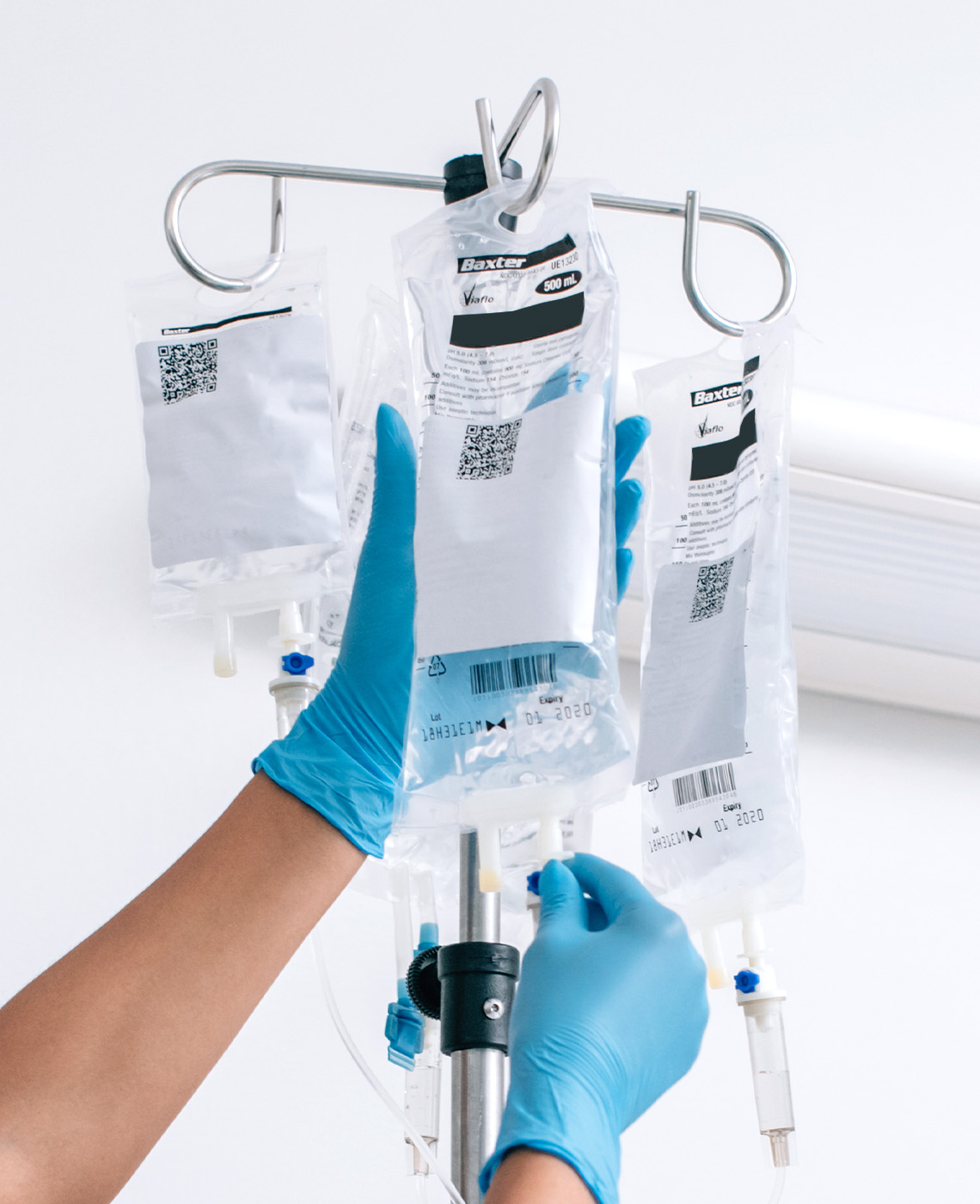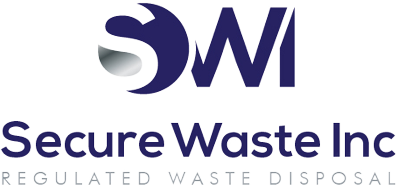Handling Medical Waste: A Step-by-Step Guide From Secure Waste
Look no further! Secure Waste, a leading medical waste disposal company, assists healthcare facilities across Maryland, Virginia, and Washington, D.C.
With our comprehensive knowledge and commitment to best practices, we provide you with essential insights on safely handling medical waste and effectively managing sharps needles. Trust us to help you maintain a safe and compliant healthcare environment.
Medical waste management is a complex and multidimensional process that extends far beyond the point at which waste departs from your facility.
To ensure your practices are both compliant with regulations and environmentally sustainable, it’s essential to have a comprehensive understanding of the entire waste management cycle, including the various stages that occur once materials leave your premises. Below is a detailed breakdown of each phase in the medical waste management continuum.
What constitutes medical waste?
Medical waste represents a specialized category of refuse generated within healthcare environments such as hospitals, physicians’ offices, dental clinics, blood banks, and veterinary practices, as well as within medical research facilities and laboratories. Typically, this type of waste consists of materials that may be contaminated with blood, bodily fluids, or other potentially infectious agents, and it is commonly designated as regulated medical waste. This classification reflects the need for careful handling and disposal, as improper management of such waste poses a significant risk to public health and the environment. As healthcare providers strive to ensure safety, effective protocols for segregating, treating, and disposing of medical waste are essential in mitigating these risks.
The Background of Medical Waste
In the 1980s, growing concern over the potential health hazards of medical waste reached a fever pitch, especially after reports of these hazardous materials washing ashore on several East Coast beaches. The alarming situation prompted Congress to take decisive action, enacting the Medical Waste Tracking Act (MWTA) of 1988. This legislation initiated a robust two-year federal program, requiring the Environmental Protection Agency (EPA) to develop and enforce comprehensive regulations for managing medical waste.
On March 24, 1989, the EPA fulfilled its mandate by promulgating these crucial regulations, which took effect on June 24, 1989, in four states: New York, New Jersey, Connecticut, and Rhode Island, as well as in Puerto Rico. However, these regulations were not permanent; they were set to expire on June 21, 1991.
During this critical period, the EPA gathered extensive data and insights regarding medical waste, concluding that the potential for disease transmission is highest at the point of generation—where medical waste is initially created—and diminishes significantly beyond that point. As a result, the risk to the general public from exposure to medical waste is considerably lower than that of healthcare workers who handle this material directly.
Looking For More Information? Or Do You Need Medical Waste Disposal? Contact Secure Waste Now!
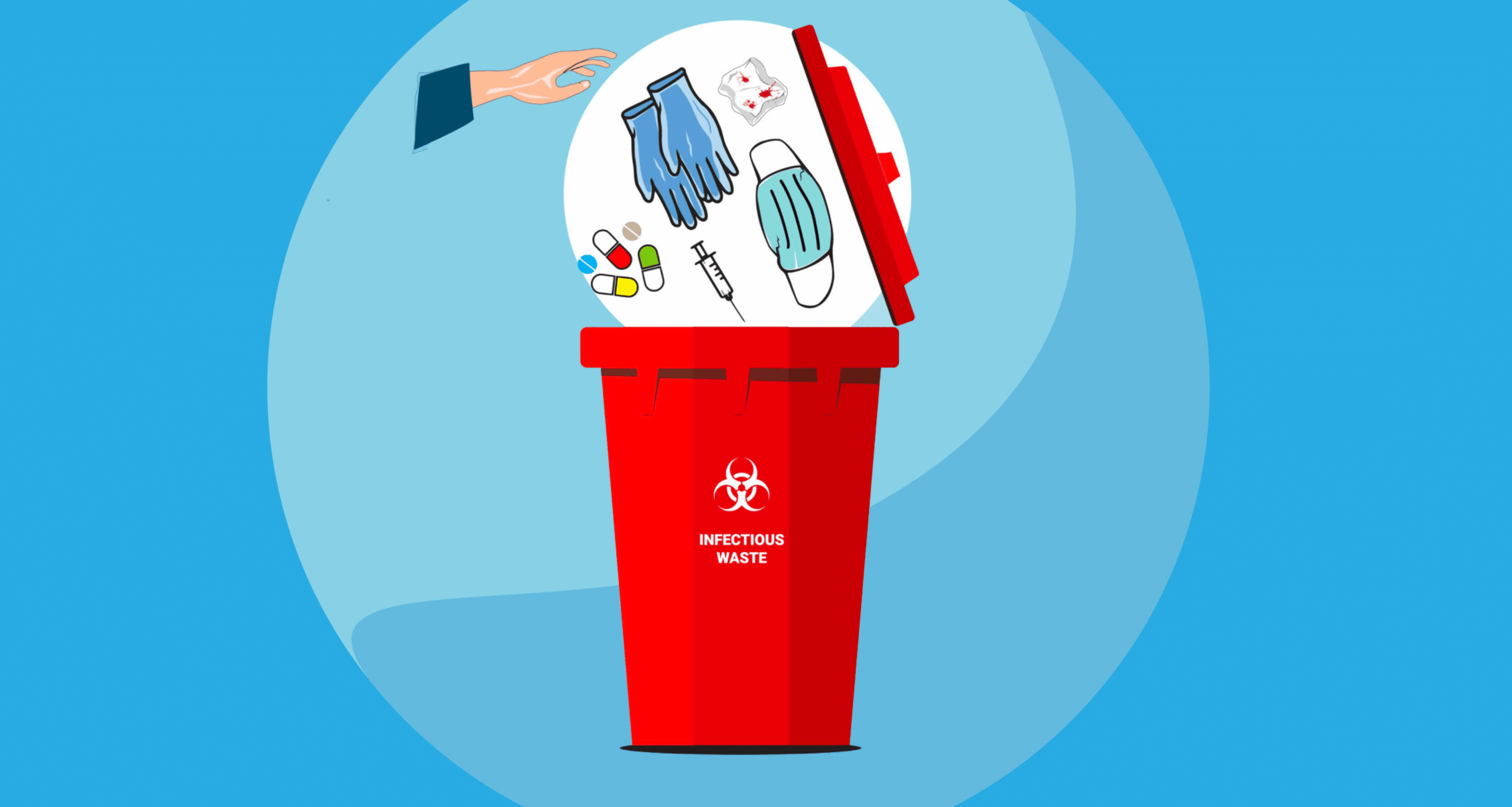
Step-by-Step Guide For Handling Medical Waste
1. On-Site Segregation: Effective segregation at the source is essential for ensuring safety and reducing potential health hazards. Medical waste is diverse, encompassing various categories such as sharps (needles, scalpel blades, and broken glass), infectious waste (items contaminated with blood or other bodily fluids), anatomical waste (human tissues and organs), and general waste (non-hazardous materials). Each category requires specific handling procedures and dedicated containers to minimize health risks and protect the environment. For instance, sharps should be disposed of in rigid, puncture-proof containers, while infectious waste must be stored in biohazard bags that indicate its hazardous nature. Proper labeling, training for staff on segregation protocols, and regular audits of waste management practices are also critical to maintaining compliance with health regulations and ensuring that waste is managed sustainably.
2. Packaging and Labeling: Once segregated, medical waste must be securely packaged and labeled according to regulatory guidelines. This includes using puncture-resistant containers for sharps and color-coded bags for different waste types, ensuring safe handling during transport.
3. Transport: Safe and compliant transportation of medical waste from the facility to the disposal site is a pivotal step. This involves using licensed transportation services that follow strict regulations to prevent spills and exposure.
4. Treatment Methods: Upon reaching treatment facilities, medical waste undergoes various treatment methods such as autoclaving (steam sterilization), incineration, or chemical disinfection. Each technique is designed to neutralize hazardous contaminants, rendering the waste safe for further handling.
5. Disposal: After treatment, the waste is disposed of in an environmentally responsible manner. This may include disposal in landfills designated for treated medical waste or recycling.
6. Documentation and Record Keeping: Accurate and comprehensive record-keeping throughout the waste management process is crucial for ensuring compliance with local, state, and federal regulations. Facilities must maintain detailed logs covering all aspects of waste management, including waste generation, transport, treatment, and disposal. This includes documenting the volume and type of waste generated, the transportation methods used, and the specific treatment processes applied. Records must also reflect the final disposal methods, whether landfilling, recycling, or incineration. Maintaining these records not only aids in regulatory compliance but also promotes transparency and accountability in waste management practices. Regular audits of these records are encouraged to identify areas for improvement and ensure adherence to environmental standards.
7. Ongoing Training and Compliance Monitoring: Continuous staff training in waste handling and regular process audits ensures ongoing compliance and fosters a culture of safety and environmental responsibility.
By thoroughly understanding each medical waste management continuum stage, healthcare facilities can implement more robust practices that uphold safety standards while mitigating environmental impact.
In conclusion-
Now that you have a more comprehensive understanding of handling medical waste, don’t hesitate to contact Secure Waste.
We provide reliable, compliant, eco-friendly medical waste disposal solutions for your facility’s needs. We have expertise in biomedical, hazardous waste, and Sharps container disposal. In addition, we provide customized waste management plans, including secure collection and transport, and sustainable disposal practices.
Contact us today for a FREE Waste Assessment, or request a quote online!

Expert Medical Waste Management: With over 25 years of industry experience, Secure Waste is a trusted local leader in hazardous and biohazardous waste disposal across Maryland, Virginia, and Washington, D.C. Specializing in medical waste management, sharps needle disposal, and biohazard waste removal, the company ensures full compliance with federal, state, and local regulations while prioritizing environmental sustainability.
The company also offers additional services, including secure document shredding and sharps container sales, providing comprehensive solutions for healthcare facilities and businesses. Our cost-effective services help clients maintain regulatory compliance without unexpected costs.
With a commitment to customer satisfaction, Secure Waste offers tailored waste management plans that align with industry best practices. Their team of experts provides reliable, timely, and compliant services, making them the preferred choice for medical waste disposal. For a free waste quote or more information, visit www.securewaste.net


